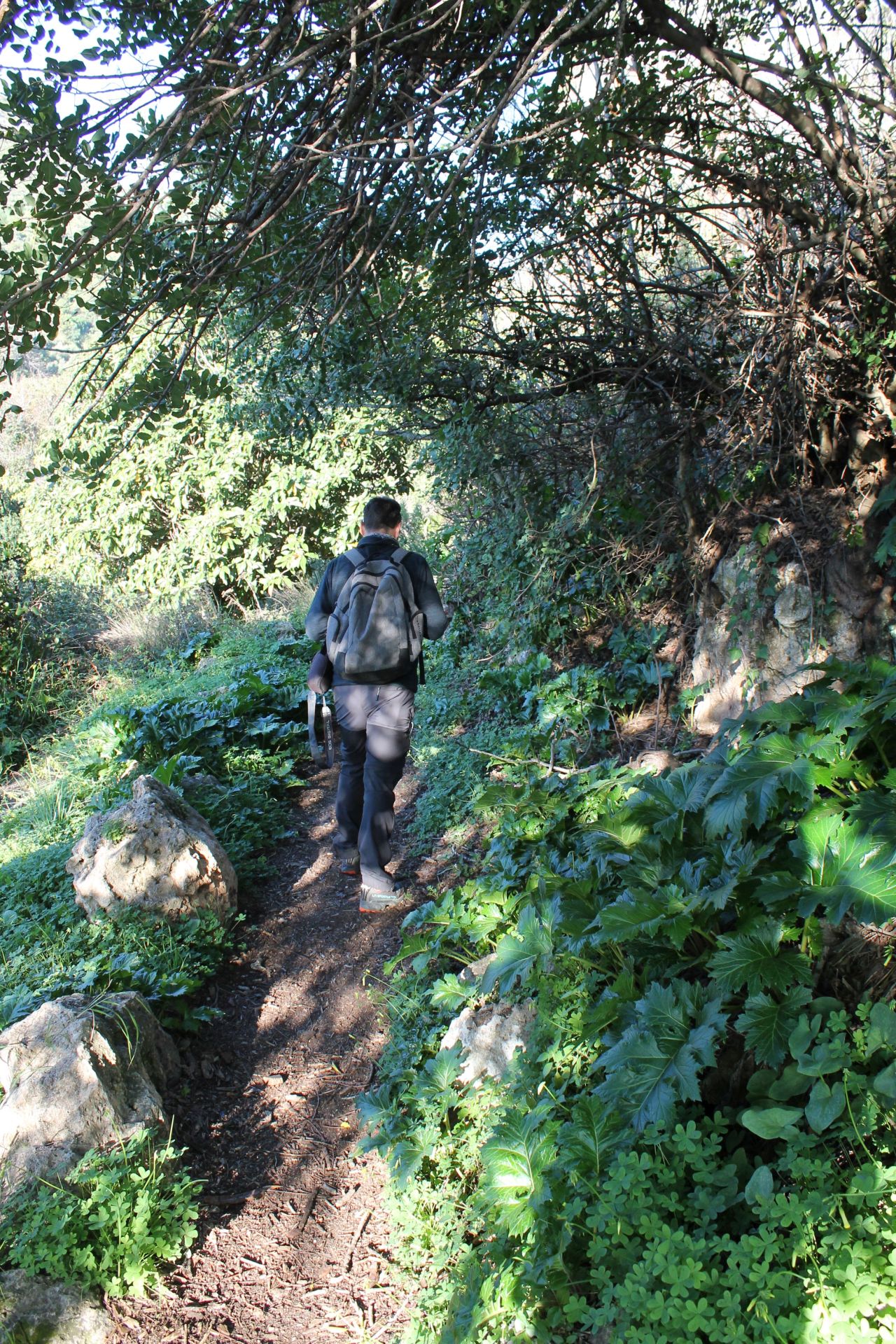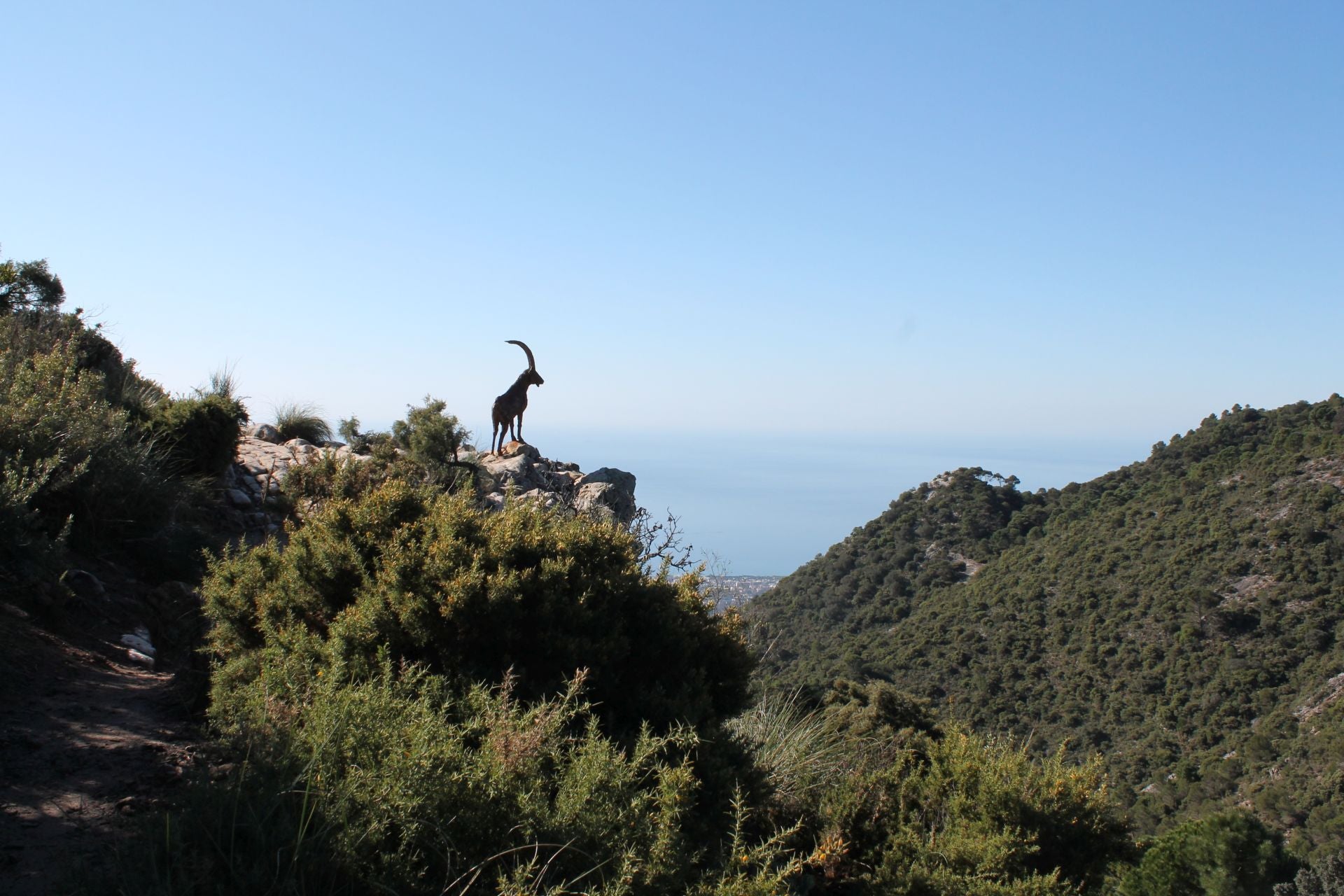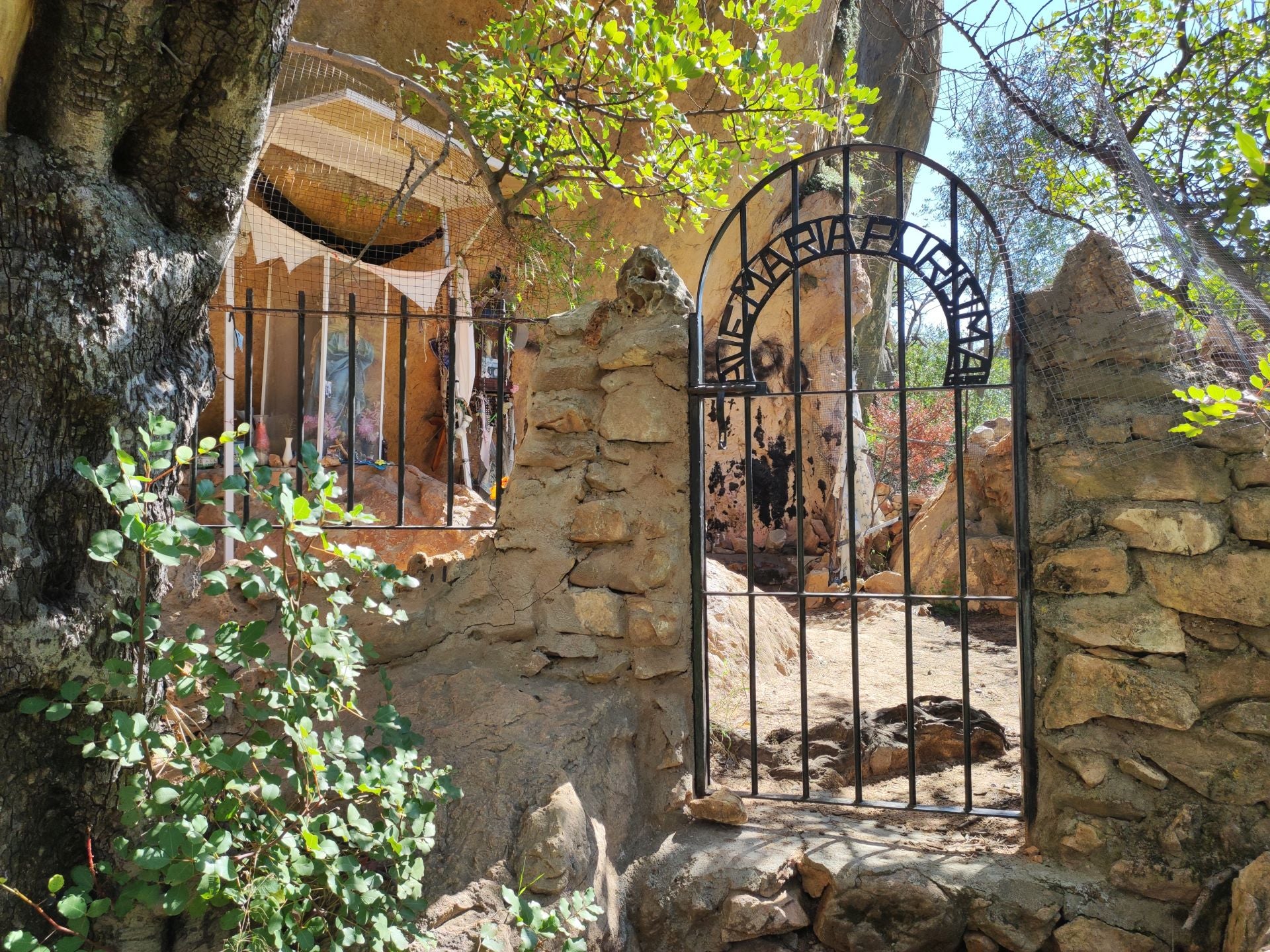The secrets of Ojén: a hidden sanctuary and a beautiful botanical garden
Aside from its charming old town, caves and views of the Mediterranean, the area around this village just behind Marbella has places that captivate with their beauty and fascinating origins
Javier Almellones
Tuesday, 3 December 2024, 14:06
Lemon trees growing up one of the walls of the Church of Our Lady of the Incarnation is just one example of the hidden curiosities in Ojén, which, at times, may go unnoticed. It is these unique features, many of them tucked away, that give the village its authentic charm.
While the beauty of its old town, the Fuente de los Chorros, and its caves (the Altas and Bajas) are worth admiring, they shouldn’t distract from a more thorough exploration, especially of the surrounding area. Doing so will reveal places that are unlikely to be found anywhere else in Malaga province.
This is the case with the famous Ermita de la Virgencita. It is not an officially blessed chapel and its origins as a religious sanctuary are unclear. What was once probably a shelter for livestock, or even for the shepherds themselves, in a rocky nook of the mountain, is now a place where the Virgin of the Immaculate Conception is honoured. There is a tiny door to enter but there are no walls or structures surrounding this sanctuary, which is popular with the people of Ojén.
This hermitage, visited by many devotees who come to make their offerings, is situated in the Cañada del Nacimiento. The route is now much more popular, thanks to two recognised trails that pass through it: the Tajo Negro trail, which is quite challenging, and the walk named after the site, the Ermita de la Virgencita route (SL-A-28), which is less physically demanding.
In addition to the makeshift chapel in the mountains, there is much more to see in the Sierra Blanca, which Ojén shares with its neighbour Marbella. One such place is the El Cerezal botanical garden, another site, far from the old town, that is definitely worth visiting.
To follow this trail, leaving the village from Calle Río Almadán, head north until you reach a water channel that marks the path. Along the way, you will pass clusters of acanthus plants and a dense woodland that will lead you to El Cerezal. Here, there is a picnic area with tables and benches, perfect for lunch or a snack if you are exploring one of the trails that wind through this beautiful oasis.
This botanical garden is home to olive trees, holm oaks and wild olives, as well as buckthorn, ferns, wild asparagus, mastic, blackberries, fennel and oleanders. For much of the day, the area is shaded, creating a unique microclimate. It is worth visiting after the first autumn rains and before summer arrives.

Another notable spot, though slightly more well-known, is the Macho Montés viewpoint, ideal for panoramic views of the mountains stretching towards Marbella. It can be reached via several routes, including a short walk from the El Juanar Refuge. The name of this natural balcony comes from the striking sculpture of a wild goat just a few metres above. Due to its size and stance, many have mistaken it for a real animal.
Among the unusual spots in the village’s surroundings, the Charco de las Viñas is also worth mentioning. Until just a few decades ago, it was a swimming spot for many locals. A short descent down some stairs next to the cemetery takes you to this natural freshwater pool.
After exploring the surroundings of Ojén, take time to appreciate the charming streets of the old town, the church, the area’s oldest fountain and the caves located at both the upper and lower parts of the village. While little remains of the castle, it is known that it once stood at the highest point of the town. If you make it to this point you can enjoy an excellent panoramic view of Ojén with the Mediterranean Sea as a backdrop.

Visitors must not leave the village without visiting the Museo del Molino to learn about the olive-growing history, and, most importantly, the legacy behind the aguardiente (a spirit made from anise) that made Ojén famous. They should also make sure to try the churros soaked in warm salted water, a speciality at the Er Mojaíto bar, another lesser known treasure of this village behind the Costa del Sol.
